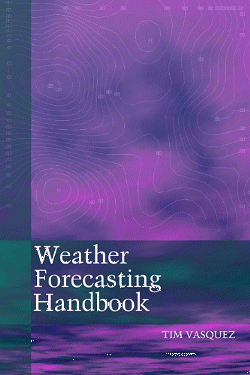Sidious
Well-Known Member
Hey everyone,
I have some weather questions Im trying to chase down the hole and could use some help....
1.) When air is heated the pressure should increase (hot air ballon pushing out) and density decreases.....
So why do we have the semi permeible low pressures on the equator where we get the most heat? (aka Doldrums)
From what I have gathered it is because as the air is heated on the surface it then heats and raises the pressure above it which in turn sets up a high to low pressure gradient with the cold air. (sea breeze, or global)
This then reduces the mass above and lowers the pressure
Is this correct?
I guess the reason I am confused is that I always thought the reason we had low pressures on the equator was that hot air was less dense and exerted lower pressure which I now think is incorrect...
I have some weather questions Im trying to chase down the hole and could use some help....
1.) When air is heated the pressure should increase (hot air ballon pushing out) and density decreases.....
So why do we have the semi permeible low pressures on the equator where we get the most heat? (aka Doldrums)
From what I have gathered it is because as the air is heated on the surface it then heats and raises the pressure above it which in turn sets up a high to low pressure gradient with the cold air. (sea breeze, or global)
This then reduces the mass above and lowers the pressure
Is this correct?
I guess the reason I am confused is that I always thought the reason we had low pressures on the equator was that hot air was less dense and exerted lower pressure which I now think is incorrect...



